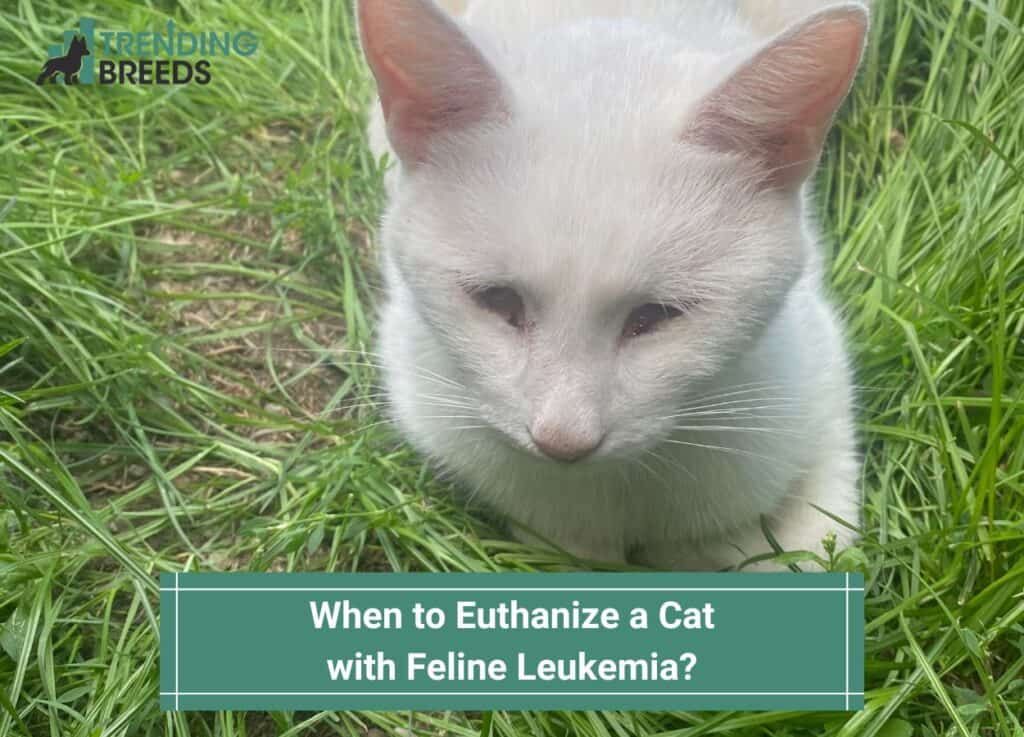
Feline Leukemia Virus (FeLV) is a fatal virus that can cause other diseases as well. It can be really difficult to take care of a cat with FeLV when the cat’s condition keeps deteriorating. It might be hard to determine when to euthanize a cat with feline leukemia.
Euthanasia for FeLV cats should be considered if the prognosis is poor and it is clear that the cat’s condition will continue to deteriorate.
It’s also essential to make sure all other treatment options and alternatives have been exhausted before considering euthanasia.
Read below for more information about euthanasia for FeLV cats.
Before you scroll further down this guide, check out these other cat-related articles: Why Does My Cat Have a Swollen Lip? and Why Does My Cat Meow When I Sneeze?.
Table of Contents
FeLV and How It Spreads
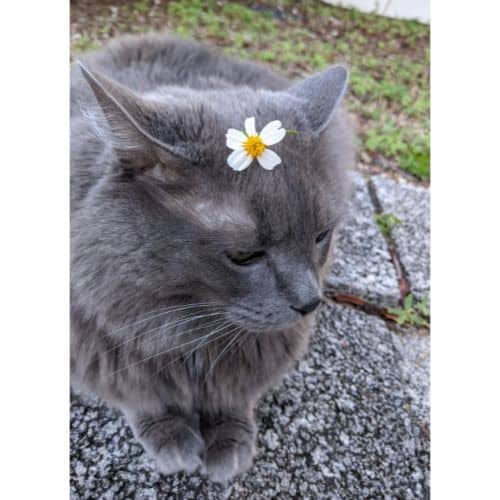
The feline leukemia virus (FeLV) is an oncornavirus, a member of the retrovirus family.
Cancer is just one of the many side effects of oncornaviruses, viruses that may infect people and animals.
In 1964, scientists identified FeLV as the virus responsible for feline leukemia
The Feline Leukemia Virus (FeLV) is a major factor in the development of disease and the loss of life in cats.
A chronic (permanent) infection with the virus greatly increases the likelihood that a cat will acquire serious conditions like anemia, immunosuppression, and cancer.
An estimated 80% to 90% of infected cats will die within three to four years of a positive FeLV test.
A persistently infected cat will shed the virus in huge amounts through its saliva and possibly through its feces, urine, and milk.
The virus is extremely delicate and cannot tolerate environmental stresses for long.
Many factors contribute to the spread of infection, but experts believe extended social interaction (such as grooming each other or sharing food bowls or litter trays) has a major role.
Nevertheless, FeLV can also be spread by bites, and if an infected queen has kittens, those kittens are also going to be affected (though many will die or be miscarried before birth).
FeLV infection is higher in sick or stray cats, and it is somewhat more prevalent in males. Just under two percent of healthy indoor cats become infected with FeLV.
What Happens After Contraction?
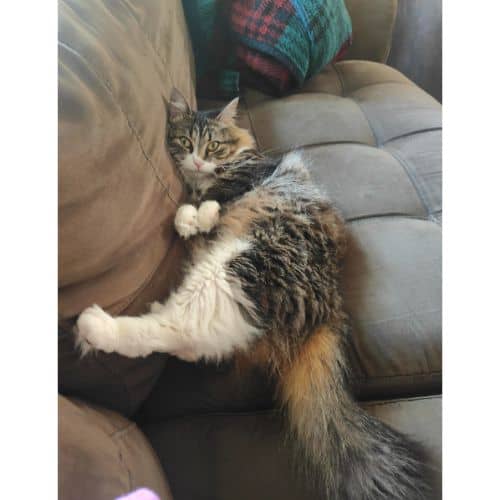
Ingestion of the virus is the primary route of infection in cats.
The virus replicates in host tissues and then travels quickly to lymphoid tissue.
In a couple of weeks, the virus will have already made its way to the bone marrow, circulating among lymphocytes and monocytes (white blood cells that regulate immunological defenses).
After establishing a productive infection in bone marrow cells, the virus will likely remain latent in the majority of infected cats.
The body will mount an immune reaction against the infection, although this isn’t always successful. After infection, several outcomes are possible:
Immunity
Rapid immunological responses after exposure to the virus may allow cats to rid themselves of the pathogen totally.
Cats that have overcome infections and recovered entirely have immunity, although this may not happen often.
Regressive Infection
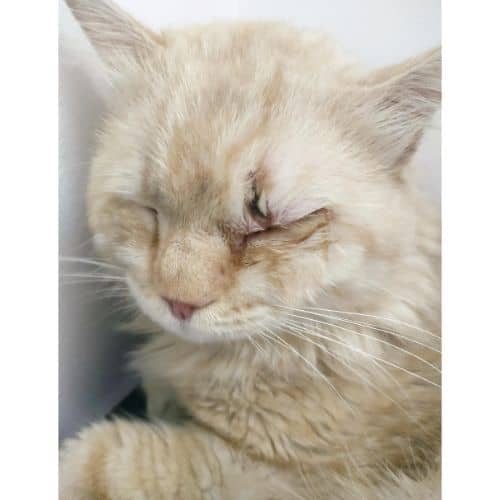
Cats can generate an efficient immune response and keep the infection under control, a phenomenon known as regressive infection.
The virus might continue to exist within certain cells, but an efficient immune response prevents the widespread reproduction of the virus.
Feline leukemia virus (FeLV)-related illness is uncommon in these cats, and they rarely shed the virus.
Chronic Infection
Cats’ immune systems may be powerless against the virus while it replicates in the bone marrow.
The virus can infect the cells in the bone marrow that are responsible for producing new blood cells, and it will also be present in the blood cells circulating throughout the body and in other organs and tissues.
Chronic infections, progressive infections, or “persistent viremia” (where the virus is always present in the blood) are some terms used to explain what’s happening to these cats.
These felines are at increased risk for FeLV-related illnesses.
Localized Infection

In extremely rare cases, cats may experience atypical or localized infections, in which a partially successful immune response inhibits productive infection with the virus in most tissues but allows active replication to occur inside certain organs (for example, the bladder or mammary glands).
Diagnosis of FeLV Infection
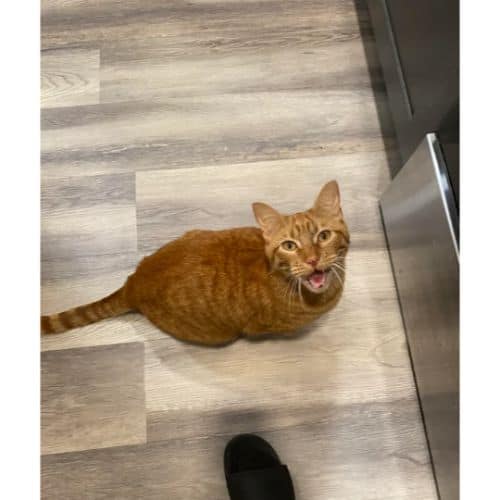
Feline leukemia virus (FeLV) can be easily diagnosed thanks to the wide availability of reliable diagnostic tests.
Many veterinarians today utilize straightforward ‘in-clinic’ blood testing (often based on ELISA tests or immunochromatography).
These exams identify a viral protein made during replication and typically found in the blood of felines with chronic FeLV infection.
These tests are simple, cheap, and trustworthy. Since many of the symptoms of FIV illness overlap with FeLV infection, the kits often double as FIV tests.
There is always a chance of getting a false positive or negative result, so it’s standard practice to run a second test afterward if something unexpected turns up.
Submitting a blood sample to a veterinary diagnostic center is common for confirmation testing.
Isolation of the Virus: This test identifies the virus itself inside the blood sample by using a laboratory culture of the virus.
Immunofluorescence: This is a testing technique that looks for viral proteins (antigens) that are present in blood cells.
PCR: Often known as the polymerase chain reaction, this test identifies the virus based on its genetic content.
In order to confirm a cat’s status, re-testing may be necessary between 12 and 16 weeks following the initial test; however, if the cat has only recently been exposed to the virus, the initial test results may be negative.
The only way to stop the spread of FeLV is to quarantine all cats that test positive for the virus.
Feline Leukemia: Care Instructions for Your Cat
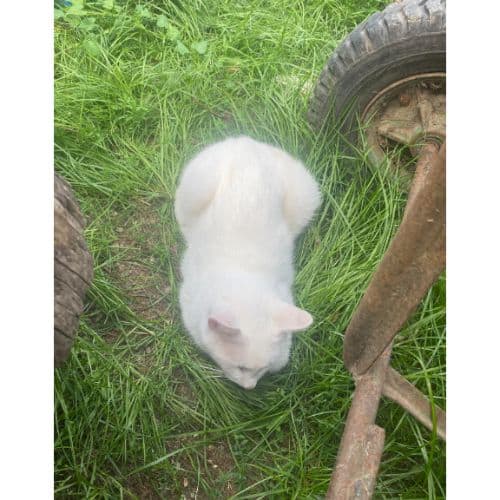
Cats that have tested positive for feline leukemia should have their owners consult a vet about the disease’s treatment as soon as possible.
There is no foolproof method for taking care of a cat with this condition, but you can follow the following recommendations:
Precautions
Managing your cat’s well-being and stamina can aid disease prevention and treatment. The food you feed your cat has a major impact on its overall health.
Whether your cat is young or old, it needs food that provides a balanced diet and plenty of opportunities for exercise.
You can help strengthen your cat’s immune system by giving it CBD oils when caring for a FeLV-positive cat.
Having your cat spayed or neutered can also help reduce disease prevalence and strengthen immunity.
If you detect any strange symptoms or behavior in your feline friend, take them to the veterinarian for an examination as soon as possible.
Vaccination

The Feline Leukemia Vaccine has been available since 1985 after receiving USDA approval.
The feline leukemia virus illness and its symptoms might be prevented with this vaccine.
Feline leukemia virus immunization prevents active infection but does not eliminate proviral DNA from the virus after exposure.
Like any other vaccine, feline leukemia virus vaccines can have negative effects.
- Leg discomfort (the left posterior leg is the optimal injection site) or edema
- Low energy
- Granuloma (a benign tumor resulting from long-term inflammation)
In sporadic cases, cats may acquire injection-site sarcomas, a severe type of skin cancer known for being invasive and difficult to cure.
Treatment for Fleas
Flea control is essential for leukemia-stricken cats Because of the risk of secondary infections from flea bites.
It is crucial to ensure your cat does not have fleas, as these parasites can spread diseases from one feline to another.
You should consult your vet about safe and efficient flea treatment options if your cat has feline leukemia.
Vet Visits
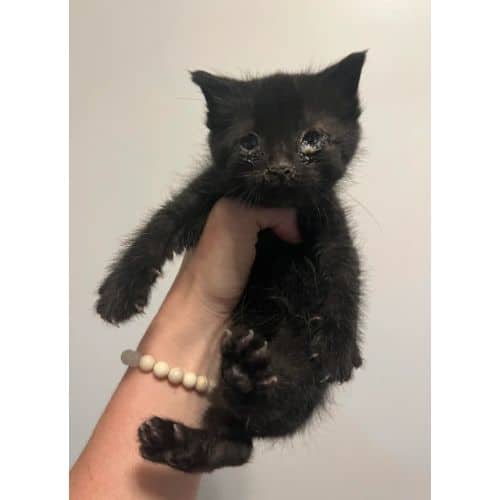
Check-ups with the doctor are important for all cats. Still, they are especially crucial for leukemia-affected felines so that the veterinarian can keep a careful eye on your cat’s condition and ensure it gets the treatment it needs despite its illness.
Vet visits for FeLV-positive kittens are recommended every six months or more frequently if necessary.
Is Euthanasia the Right Choice for a Cat with Feline Leukemia?
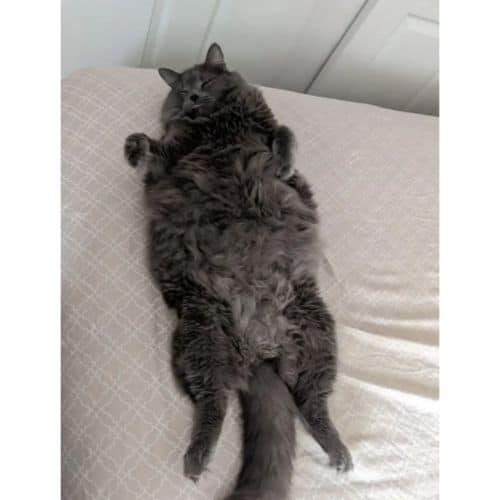
Cat owners should consult their physician before deciding to euthanize their pet following a positive FeLV test.
Some people believe that a cat diagnosed with feline leukemia should be euthanized so as not to spread the disease to other cats.
Others believe it’s still possible for FeLV cats to enjoy a long and healthy life. Naturally, the owner should be the one to make the ultimate decision.
Even though feline leukemia is terminal, with therapy, your cat can have a strong immune response and live for a while longer.
However, if your cat has a progressive FeLV infection and shows signs of FeLV-related conditions like lymphoma or anemia, it may be best to euthanize it.
Discuss your alternatives for euthanizing your cat with your veterinarian and determine what your pet’s health insurance will cover before making a final decision.
When to Euthanize a Cat With Feline Leukemia
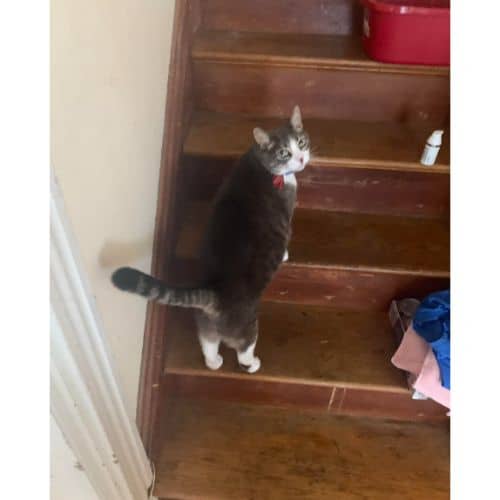
It might be tough to decide whether or not to put down a cat that has been diagnosed with feline leukemia.
When a cat’s overall quality of life has deteriorated to the point where neither the cat nor its caretaker can tolerate it anymore, euthanasia is an option that should be considered.
A loss of appetite, a lack of response to prescribed treatments, a lack of energy, pain or difficulty breathing, or general weight loss could all be signs that euthanasia is appropriate for your cat.
When it is clear that the cat is in pain and no more treatment options are available, euthanasia and compassionate care for the end of life should be considered.
Feline Leukemia: Keeping an Eye on Their Quality of Life
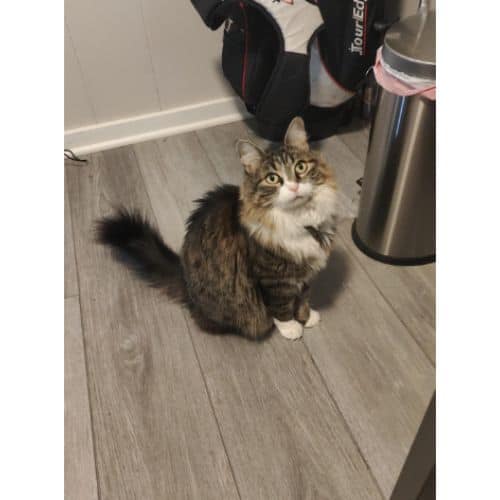
If your cat tests positive for FeLV, monitoring its quality of life regularly is essential. Some factors are:
Pain Relief
Eliminate your cat’s discomfort and stress by using pain medication. If your pet is uncomfortable, you should discuss treatment options with your vet.
Mobility
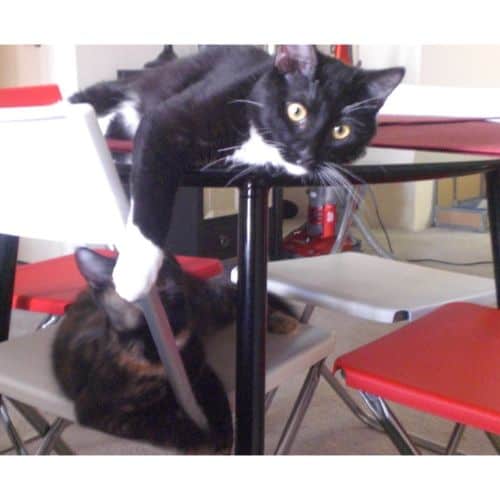
Check your cat’s mobility to see if he or she can get around without any pain or discomfort.
Make any required modifications to your home for your cat if they have limited mobility.
Appetite
Pay attention to how much and how often your cat eats and drinks.
Provide them with clean water and healthy food consistently. Talk to your vet about what to do if your cat isn’t eating well.
Social Interaction
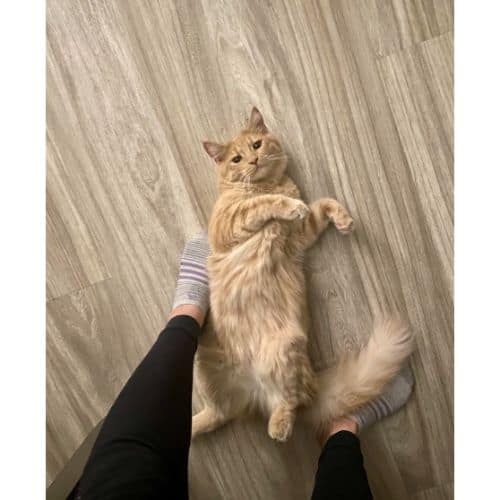
Cats infected with FeLV can still have normal social interactions and enjoy the company of their families, whether they are humans or other animals.
Ensure that your cat maintains its interest in interacting with other animals and participating in playtime.
Euthanasia vs. Hospice Care
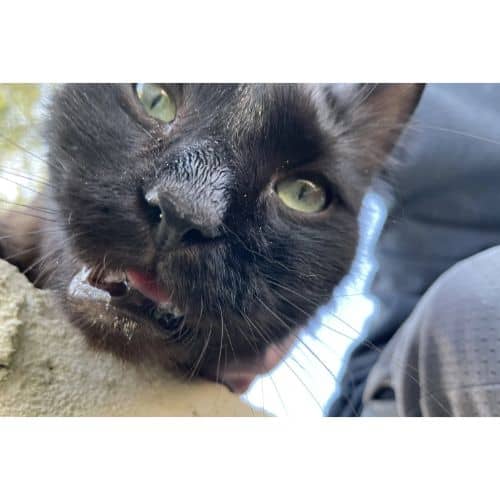
You shouldn’t automatically consider euthanasia when conventional treatment stops working.
Instead, you should try different types of treatment until you’ve tried everything before making a final decision.
If nothing else is helping, hospice care should be considered first.
Your cat will get pain medication and other symptomatic treatments through hospice care to make it as comfortable as possible.
Hospice care, while not curative, will make your cat’s final days as comfortable as possible without causing further suffering.
You should only think about euthanasia if alternatives, like hospice care, have failed. The feline species has a high level of resilience.
When hospice care is available, cats can sometimes enjoy a few extra days of a comfortable existence.
Frequently Asked Questions
Are cats in pain with feline leukemia?
This disease is very painful for cats, unfortunately.
Can you touch a cat with feline leukemia?
This disease is not contagious for humans–only for other cats.
Can you carry feline leukemia on your clothes?
This disease does not live very long outside of its host, so no, you cannot be a carrier.
When to Euthanize a Cat with Feline Leukemia?

Deciding when to euthanize a cat with FeLV is a difficult decision to make, but sometimes euthanasia is the only appropriate thing to do when a FeLV cat continues to suffer.
It can put an end to a cat’s pain and misery.
If you find this guide, “When to Euthanize a Cat with Feline Leukemia” informative and helpful, you can check out these other cat-related articles from our team:
You can learn more about this topic by watching “Signs & Symptoms of When It Is Time to Euthanize a Cat” down below:




